I Taught With Monopoly
- Zack
- Jun 19, 2022
- 5 min read
What's going on everyone?
My economics class recently moved into learning about different economic systems and I wanted to find a fun way to teach/learn about capitalism, socialism, and communism. This year I stepped outside my comfort zone and began teaching more with board games. Earlier this year we partook in a personal finance unit where I had the students play and analyze The Game of Life and for this unit on economic systems I decided to have the students play Monopoly, something I actually did with my students two years ago. We didn't, however, just play regular old Monopoly. Instead, I altered the rules based on the different economic system we were covering at the time. You can find my Lesson Plan will all of the materials here [The linked lesson is one I taught two years ago. The handouts I provided this year were slightly different].
For this activity the rules were altered to better fit Capitalism, Socialism, and Communism. I want to be clear that the rules for each system are overly simplistic and are not 100% accurate representations of these economic systems, but they do serve as a great starting points for discussion.
We started the week with capitalism. Monopoly is normally based on capitalism, but we still needed to change the rules because a normal game can take hours to complete. In a normal game of Monopoly, everyone starts out with the same amount of money and opportunity. Real life is not like that so we divided the students into social classes. I had my class separated into three groups, each of which was broken up into the following social classes; the Upper Class, the Middle Class, the Working Class, and the Poor Class. Each student received a set of rules specific to their social class. You can slide through the rules in the image above. Those in the upper class had a clear advantage. They started with more money, could buy any property they wanted, and could even add or subtract one to their roll on the dice. The rules, like in real life, became more restrictive depending on their status. Those in the working class, for example, could only buy orange, maroon, light blue, and pink properties. Going to jail is also much worse since they start with less money. In this version of the game, students can just pay a lawyer $500 to get them out of jail, a fee that those in the working and middle class most likely couldn't afford.

By the end of the game, the Upper Class completely swept the board. They usually managed to buy a lot of property and increase their overall wealth. Students in the middle class were able to buy a couple of properties and maintain their social status while the students in the working and poor classes were struggling to get by. The bottom two social classes were more focused on making it to Go each round in order to collect some money than they were on buying property. All of my classes had a lot of fun playing this version of the game. Even those who started at a disadvantage enjoyed trying to find ways to stay relevant.
After learning about capitalism, we moved on to socialism. Everyone gets the same set of rules, which you can read in the image to the left, for this version of the game. The idea is to level the playing field for all of the players. Everyone starts with the same amount of money, can buy any property they want, receive the same amount of money for passing Go, and everyone is subject to taxes. Rent is also capped at certain amounts depending on the color of the property- this way a landlord cannot charge too much and bankrupt a player. If for whatever reason a player cannot afford to pay rent then the government steps in to help cover the costs. This is what the tax money is used for. For the most part my students also really enjoyed playing this version of the game. Since it was not really impossible for anyone to lose they decided to make it a competition to see who can finish with the most property. Having more property is not really the point of socialism, but it at least showed them how a government would be stepping in to help them, through the use of collected taxes, if needed.

The students then read about socialism and compared what happened in the game with what happens in reality. The game version of socialism is fairly idealistic and would most likely not play out the same way in real life. This is important because while socialism may sound great on paper, there are real concerns with it as a system just like with capitalism and communism. It is important for students to distinguish between what we want to happen and what will actually happen. At this point in the activity, most students actually preferred Capitalism as a system over Socialism.
Now for the boring version of the game: communism. There are actually two versions of communism to play if you want, but for now we are going to focus on the Karl Marx version. There is nothing fun about communism. There is no money. No one gets to own private property. The Chance and Community Chest cards have no place in the game. There is no winning or losing to be found. Each student rolls the dice and they all just go in circles until they decide to just stop. I'll be honest. My students were not happy while playing this version of the game. But, it did lead to some nice conversation afterwards about why it wasn't fun. In they end they understood that communism is more about the community than it is about furthering your own place in society.
Another aspect of communism that we touched upon is how there is often a power vacuum. This occurs because there is no real government. Someone or a group of people, have historically always tried to fill in this void. Usually this has led to the rise of various dictatorships. If you have time, playing the dictatorship version of communism can be a fun way to finish this mini unit. Especially since the Karl Marx version of the game is not the most exciting. The game is basically broken up into communist officials and ordinary citizens. You can take a look at the rules in the images above. We finished off the unit with another day of reading and comparing communism in real life to what transpired in the game.
Take a look through the images below to see the handouts that I had students complete while they were playing the game.

This was one of the more fun weeks of the year. I'm very happy that I decided to spend a lot of time playing board games with my students this year. You all know how much I love teaching with video games, but this little unit on economic systems, and my previous unit using The Game of Life, has shown me that board games are also an incredibly valuable resource. I'm definitely going to keep my eyes out for other board games to use in the future.
Thanks for reading,
Zack
Consider subscribing if you would like to stay more up to date with posts like this. It's free!
I recently published 2 books on teaching with video games. I hope some of you get the opportunity to check them out some day.
I also have a Patreon page where people can support the work done here on Hey Listen Games. Consider becoming a pledge to get set some perks! Supporting at the $1 tier gets you early access to these blog posts.





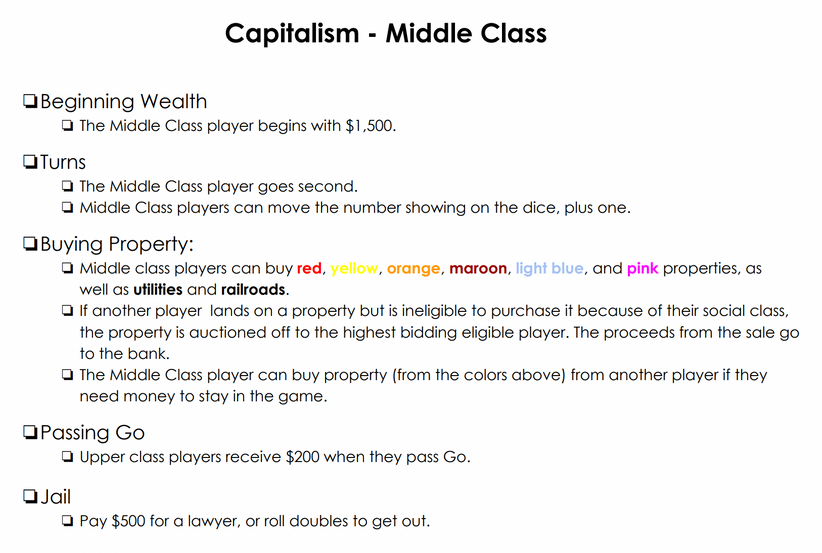





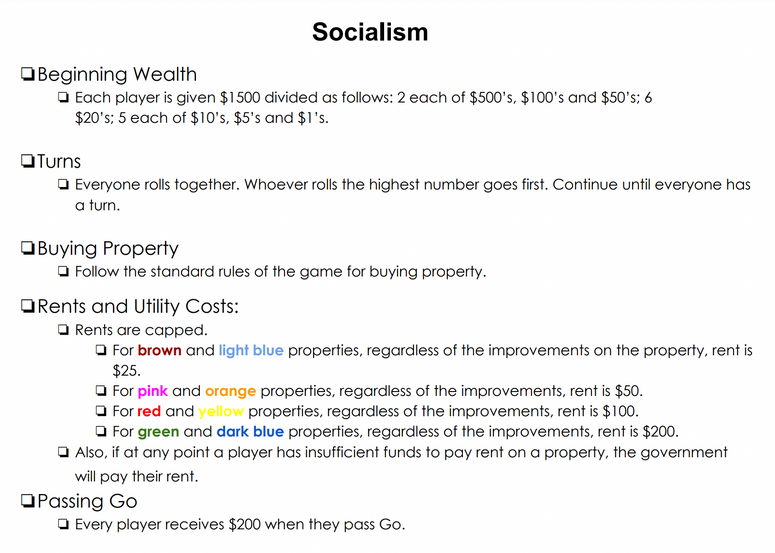

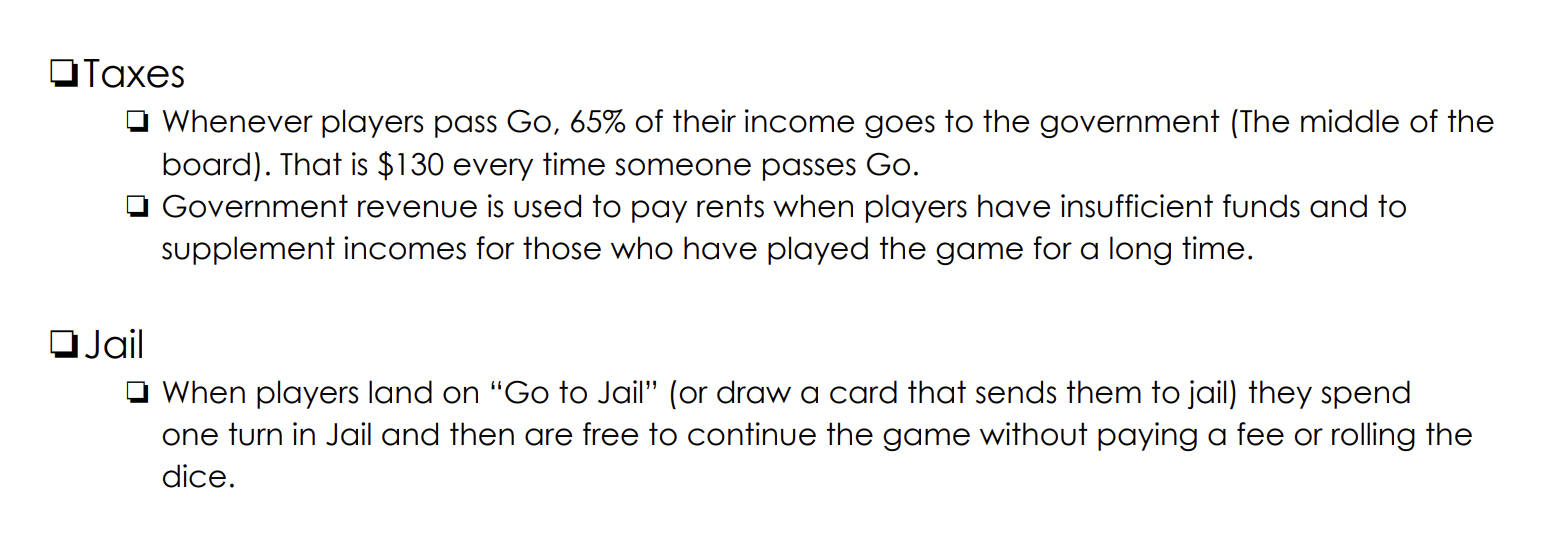







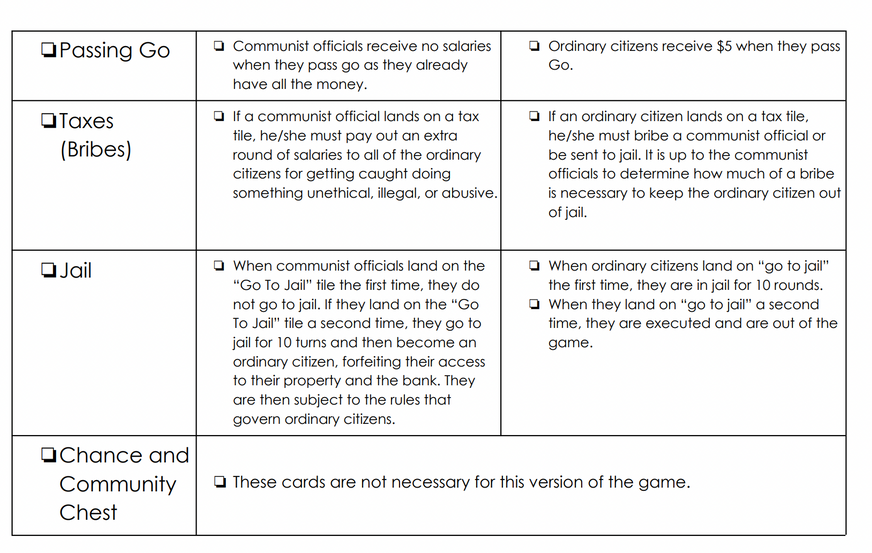



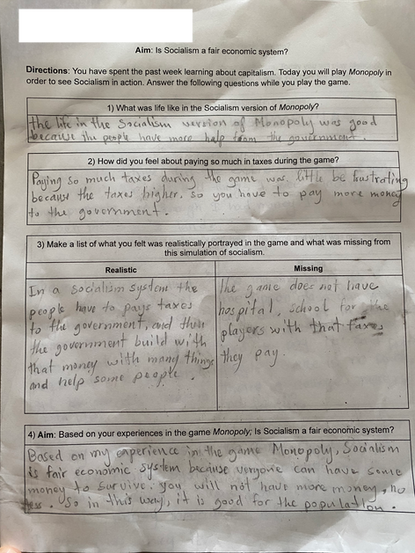





Assignment writing is the most challenging task for many students. Seeking professional help for writing assignments in the UK, you can come up with the uk.greatassignmenthelp.com service. The service offers excellent Assignment Help to students for their academic writing tasks. They employ a huge team of subject experts in all academic disciplines. They can support students in solving complex assignments in an easier way with their wealth of knowledge and experience. The service offers a wide variety of support for academic assignments. Its clear communication ensures transparency in the pricing structure that allows students to get excellent support in writing tasks at affordable prices. Their round-the-clock support allows students to connect with experts at any time and ask for support in assignments. It…
Struggling with coursework help? Get expert guidance from a trusted Struggling with academic tasks? Get top-notch Assignment Help UK on trending areas like patient care, mental health, and clinical practices. Plus, use our free plagiarism checker 15,000 words free to ensure originality. Score higher with unique content and professional support every step of the way!
Looking for reliable experts to write my assignment UK? Assignment Desk offers top-quality assignment help tailored to your academic needs. Our professional writers deliver plagiarism-free work on time, ensuring top grades and stress-free learning. Choose Assignment Desk for trusted and affordable write my assignment UK services today!
Need a hand with your assignment? Check out Write my assignment service from Instant Assignment Help. As assignments are done by professionals and the quality is on point with 24/7 assistance.
That's a cool way to teach economics! I always found Monopoly frustrating, but tweaking the rules like that makes it way more interesting. It’s like Bloons TD rocketed from a small Flash pastime into education! Wonder if a similar approach could work with teaching about deceptive economic practices.